25 Underrated Game Boy Games
Don't miss the lost classics of the original Game Boy era! Here are the 25 most underrated Game Boy games of all time...
Modern handheld gamers don’t know how good they have it. Aside from a few long-forgotten competitors, the Game Boy was the only way to play games on the go in the ‘90s. It was big, bulky, and (mostly) black and green. Color games didn’t come around until the system had been on the market for almost a decade. The handheld wasn’t even backlit. And downloads? Forget about it. Even getting a basic two-player game going was a mess of cables and cartridges.
But for all of its flaws, a surprisingly good number of titles hit the original Game Boy. These 25 games stand out as the very best you might not have heard of:
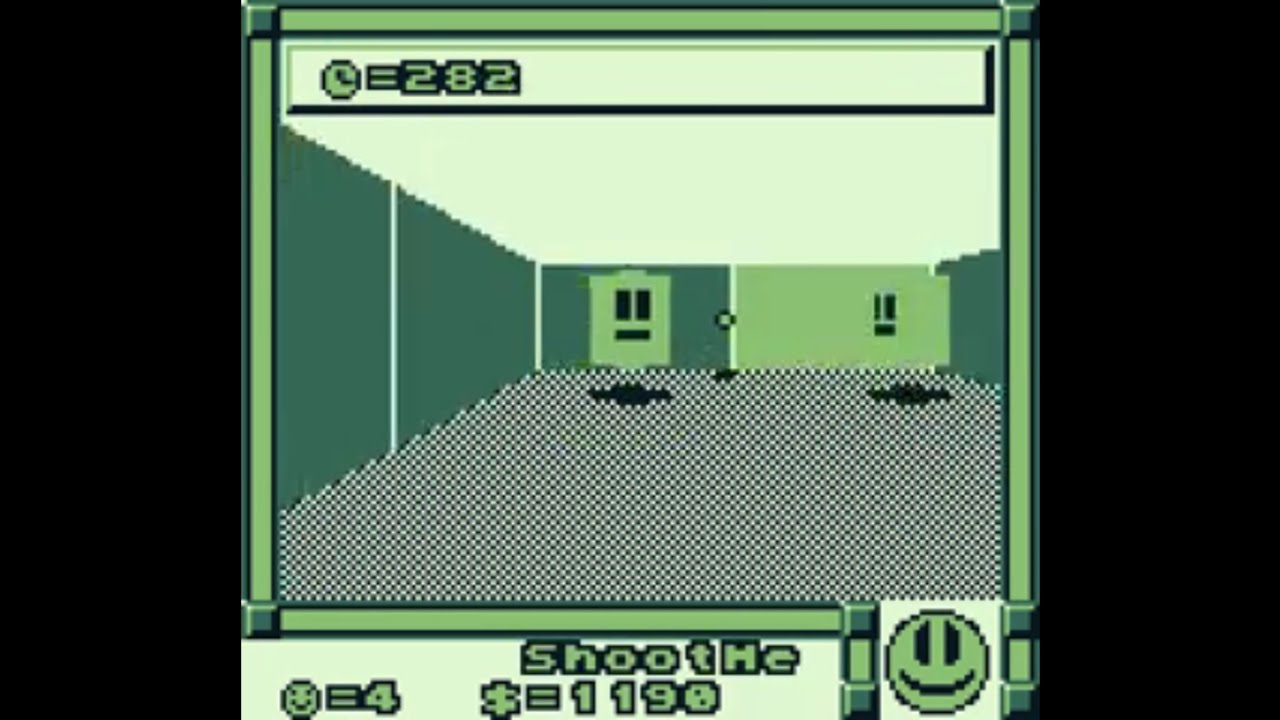
25. Faceball 2000
1991 | Xanth Software
The Game Boy isn’t the first platform that comes to mind when thinking of first-person shooters. Or the second. Or even the tenth. It’s actually pretty remarkable that any developer was able to get a halfway decent shooter running on the hardware, especially so early in its lifecycle.
As you might expect, Faceball is pretty primitive. There’s virtually no detail to the game’s 70+ mazes, and there’s only one weapon, which is fired with the A button. Don’t expect this to replace Destiny or Call of Duty as your go-to shooter anytime soon, but it is an interesting oddity to spend a weekend messing around with.
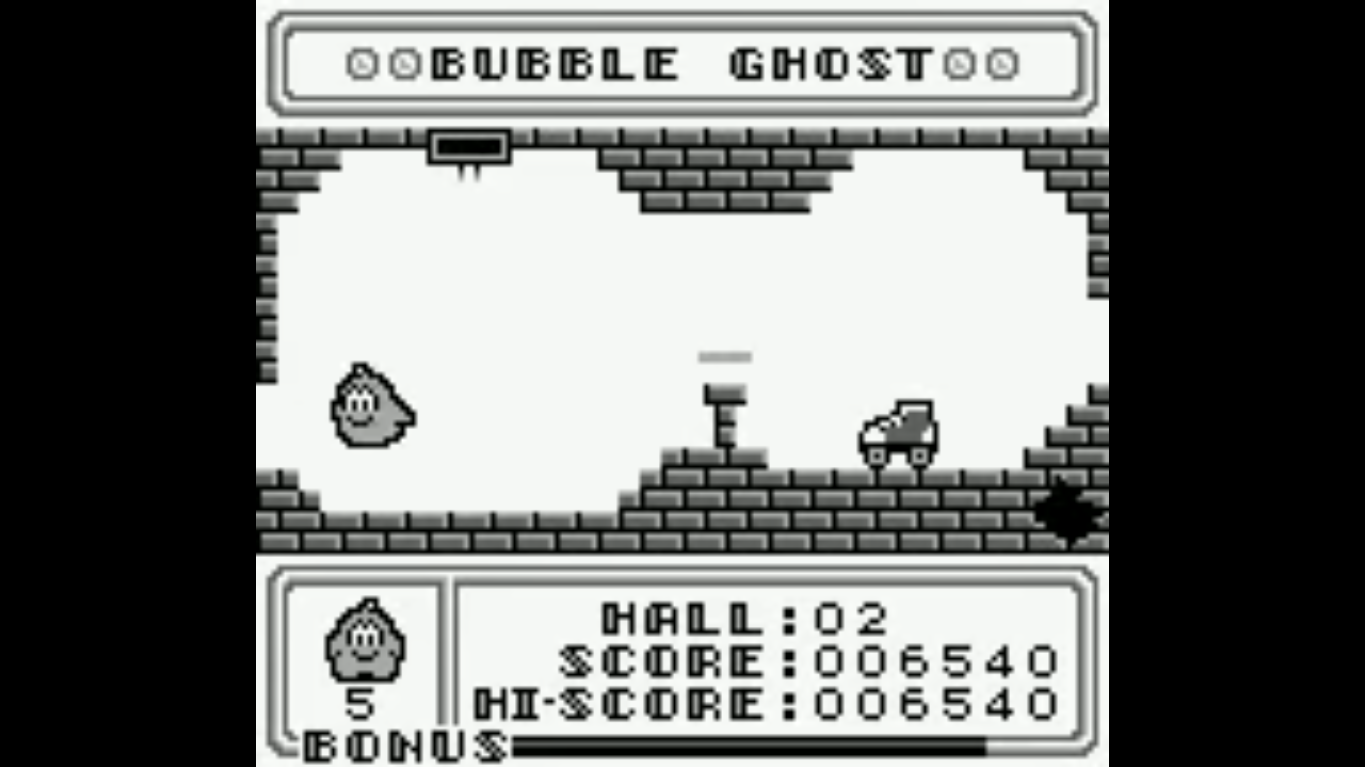
24. Bubble Ghost
1990 | Opera House
Bubble Ghost was a slightly spooky platformer popular on home computers in the late ‘80s. The Game Boy version of this forgotten gem not only ditched the color graphics, but also made them more “cutesy” like most other games of the era. Still, Bubble Ghost was no worse for wear after the transformation.
The object of the game is simple: you, as the ghost, must guide a bubble through a haunted house, avoiding obstacles like candles, electricity, and fans. The first few levels are super easy, but the challenge escalates quickly.
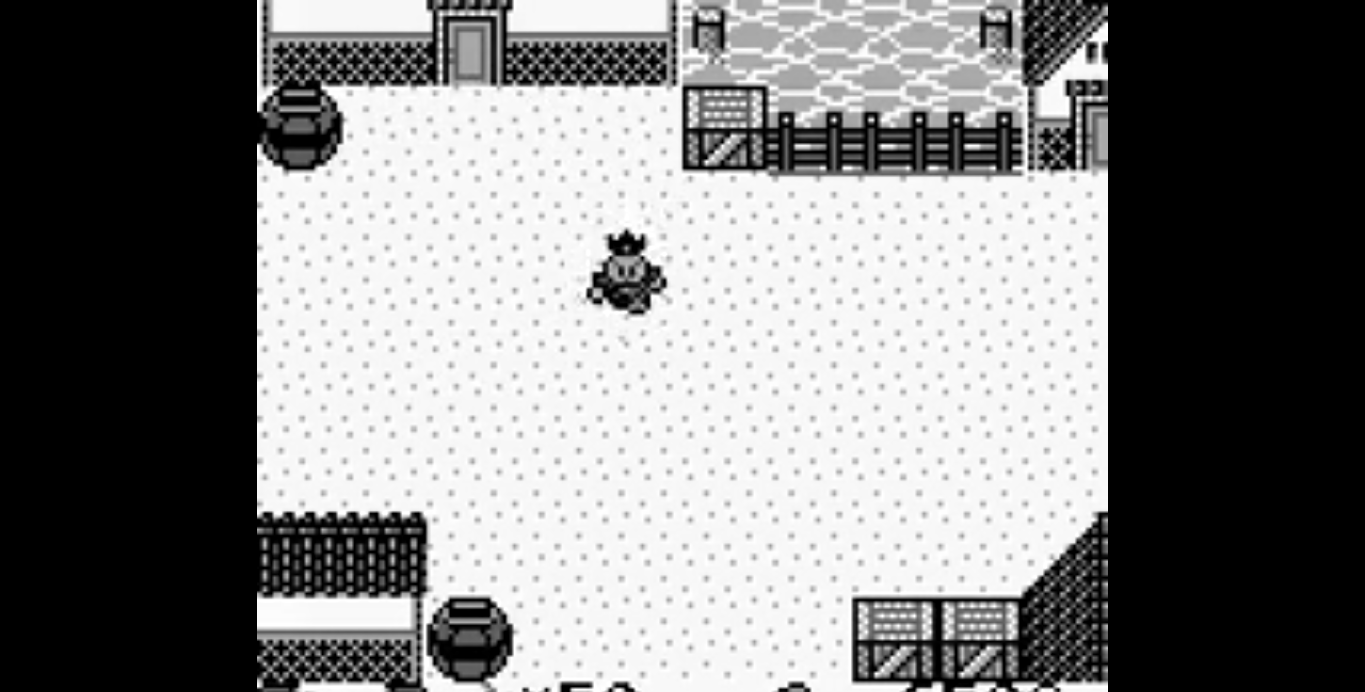
23. Mystical Ninja Starring Goemon
1998 | Konami
Mystical Ninja is a lot like Zelda, but with more Japanese-centric humor and mini-games. The Game Boy title is a little rough around the edges, but there’s fun to be had here switching between the game’s three characters while exploring their huge world. The music is also among the best that the underpowered Game Boy could muster.
The title was released at a time when Konami was attempting to find a North American audience for the long underrated Goemon series, but between the low sales of the Game Boy game and overall confused response to the N64 games, Goemon never really had a chance.
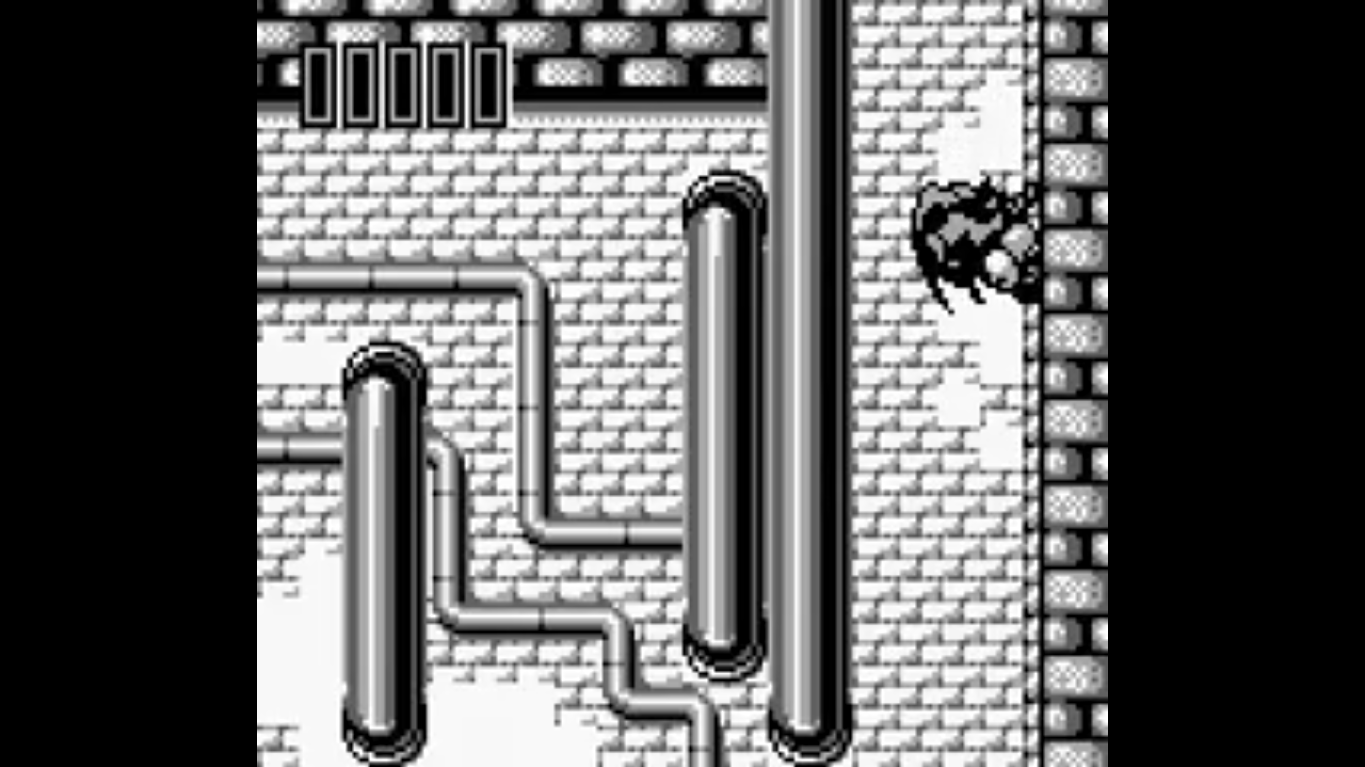
22. Batman: Return of the Joker
1992 | Sunsoft
Sunsoft released a fairly well-regarded game adaptation of Tim Burton’s first Batman movie for consoles and Game Boy in 1989. While the NES version of that title is fondly remembered for its Ninja Gaiden-inspired gameplay, the portable version took a weird turn, focusing on platforming and gunplay. If Batman v Superman taught us anything, it’s that Batman should never, ever have guns.
Thankfully, Sunsoft learned its lesson when porting the sequel to the Game Boy. Return of the Joker rightfully focuses on wall jumps, batarangs, and punching out baddies. Unfortunately, it also limits you to just four continues, making it much more difficult to complete than its predecessor.
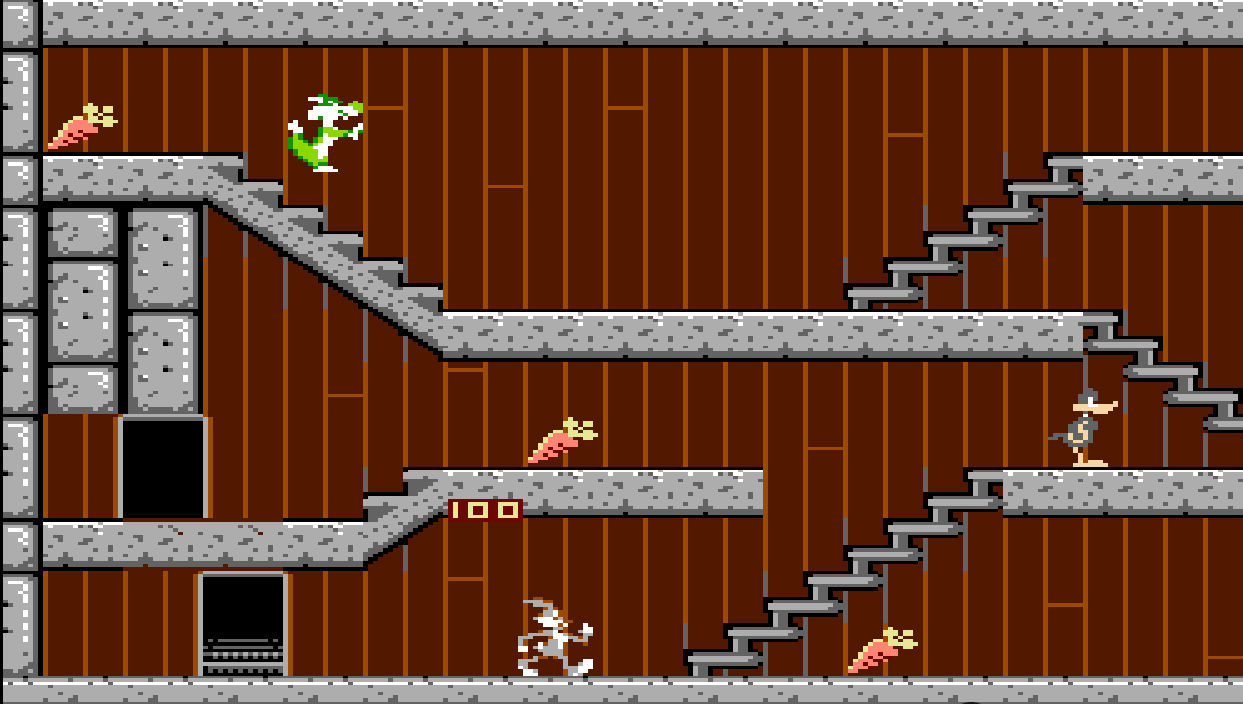
21. Bugs Bunny in Crazy Castle
1990 | Kemco
At first glance, Crazy Castle looks a lot like the dozens of other platformers that graced the Game Boy during its lengthy lifespan. But there’s one major difference: you can’t jump. That might sound antithetical to platform design, but it actually makes the game more of a puzzler and has helped it age much more gracefully than other games of the era.
Kemco released several follow-ups on the Game Boy and other consoles, but it can actually be kind of difficult to figure out which game is part of the series if you don’t research it first. Some sequels featured Mickey Mouse and Woody Woodpecker instead of Bugs Bunny. One Game Boy game was even just rebranded as a Real Ghostbusters title.
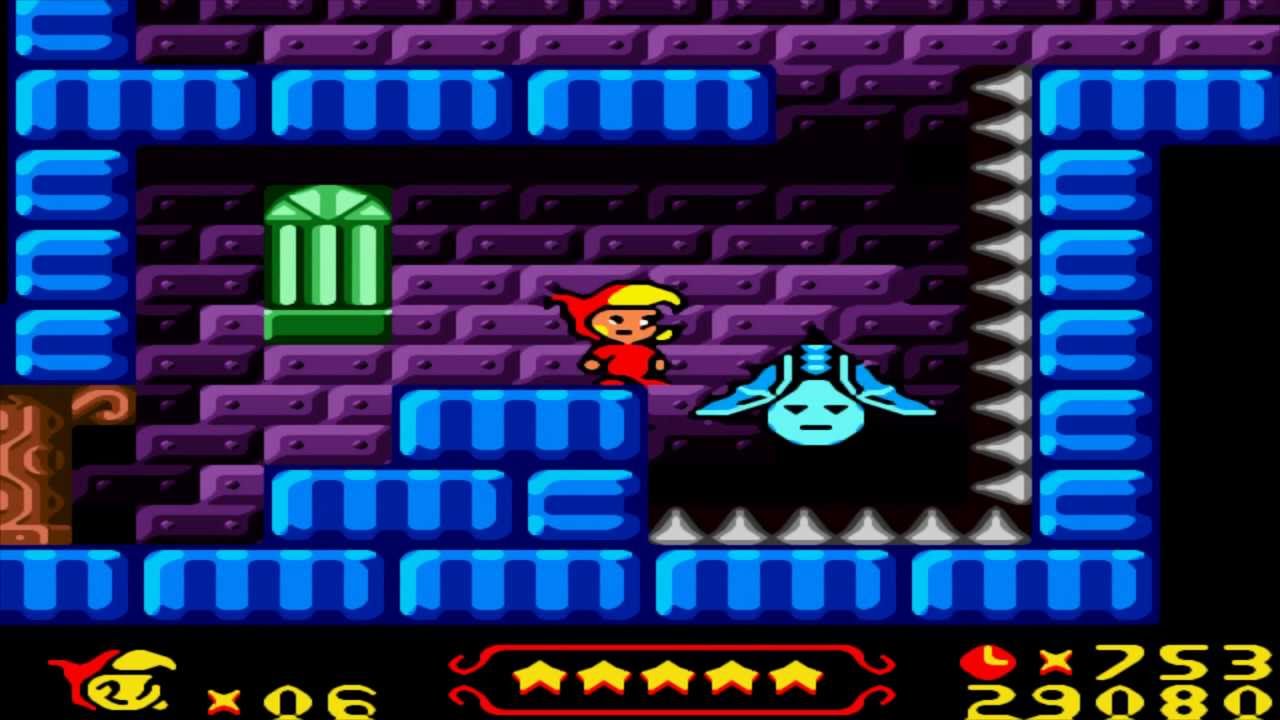
20. Wendy: Every Witch Way
2001 | WayForward Technologies
Show of hands: how many people have wanted a Wendy the Good Little Witch video game? Even better, who’s even thought of Wendy the Good Little Witch in the last decade or so? Yeah, Casper’s witch friend isn’t exactly the hottest property in any medium, but that’s probably a good thing in this case since it let WayForward make a game without any interference from the license holder.
The story focuses on Wendy upsetting gravity, which is really just an excuse to manipulate gravity during the game’s platforming levels. And every so often, those get broken up with a horizontal shooting stage. It’s a short game, but way better than a Wendy game has any right to be.
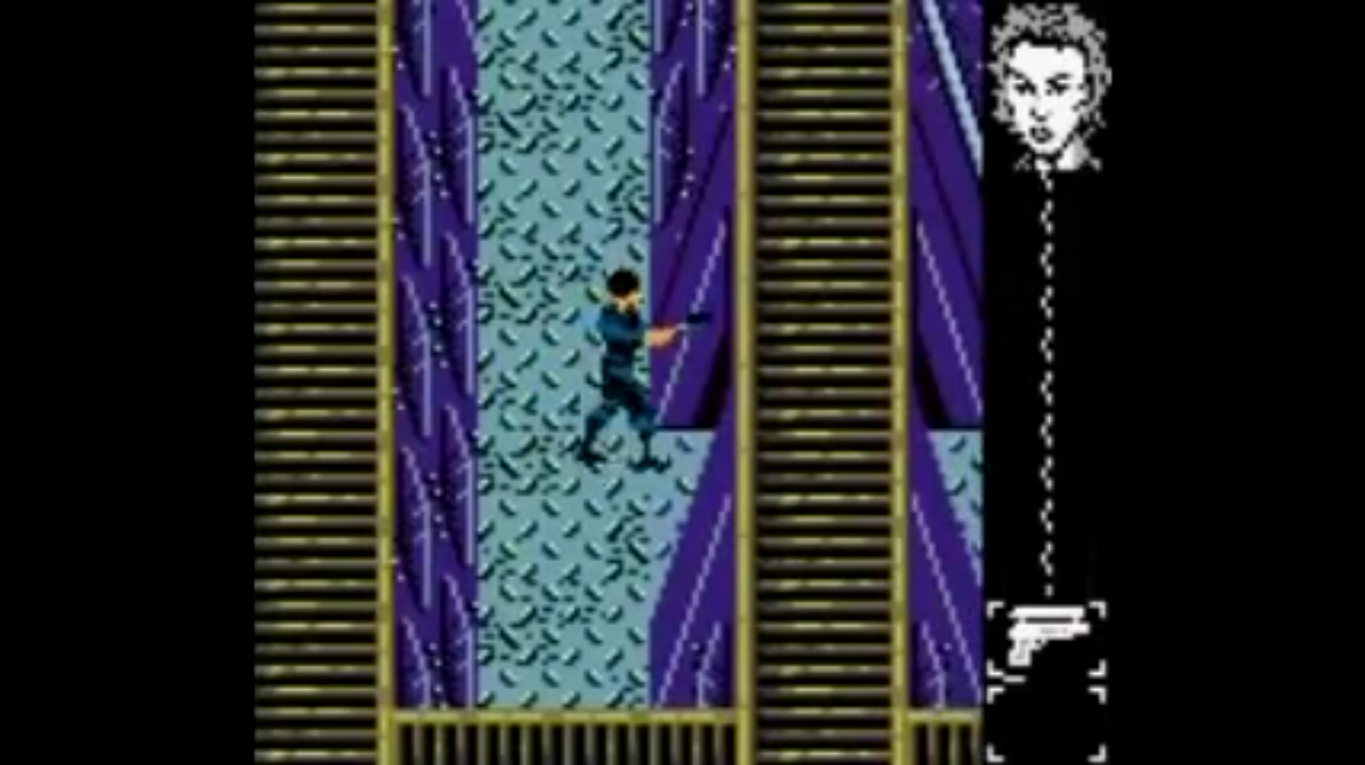
19. Perfect Dark
2000 | Rare
Perfect Dark on the N64 is one of the most beloved titles of the era. Perfect Dark on the Game Boy… well, you probably didn’t even know there was a Perfect Dark Game Boy game. In some ways, it’s extremely impressive for the portable, featuring huge levels and even fully voiced conversations. You can even use the game to unlock cheats in the N64 version and fire up some basic death match levels if you find someone with another cart.
But on the other hand, those technical achievements come at a cost. There’s no music in levels, and the stealth-based gameplay is pretty basic. But it’s more Perfect Dark, which is never a bad thing. In some ways, it’s actually better than the Xbox 360 game…
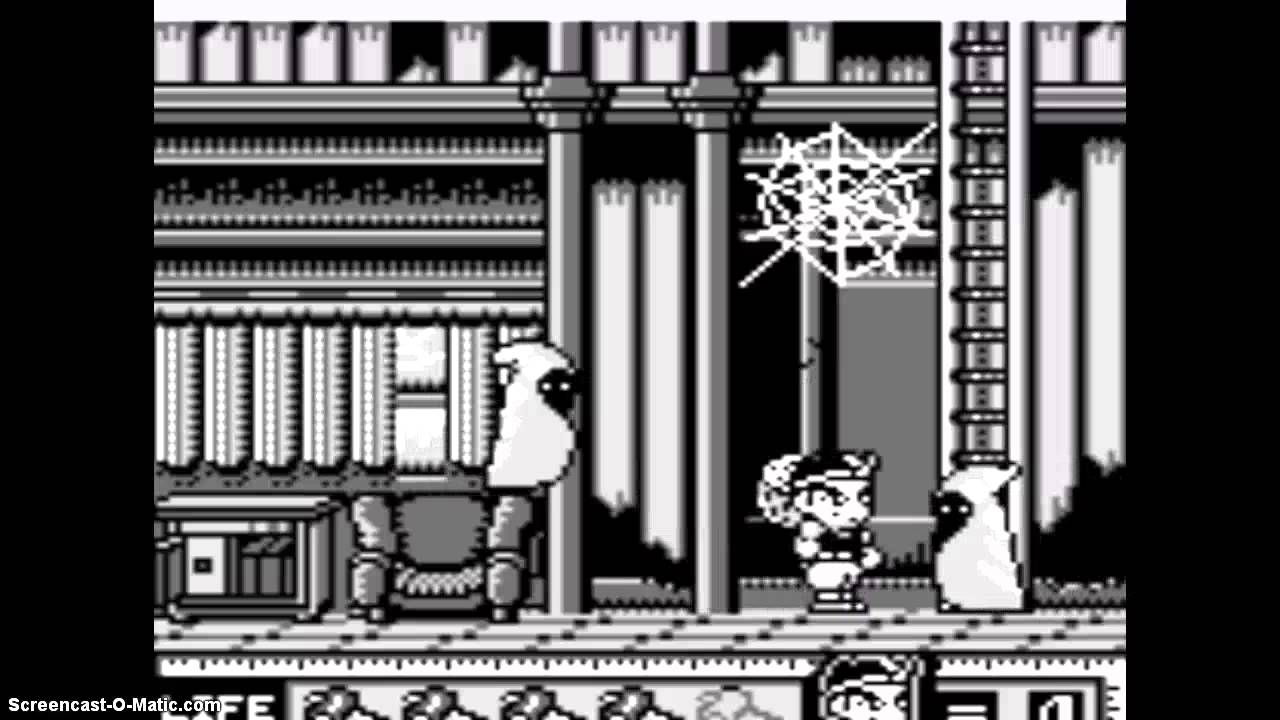
18. Hammerin’ Harry: Ghost Building Company
1992 | Tamtex
Hammerin’ Harry is such a wonderfully perfect concept, it’s a shame that the series has mostly been dormant since the ‘90s. You play as a carpenter armed with only a hammer, who fights against an evil property developer and his army of shady builders. The Game Boy version also throws in zombies and ghosts for some reason, plus some side-scrolling shooter levels. It’s basically the best version of a series that was abandoned far too soon.
While there have been eight games released in the Hammerin Harry series, this was actually the last one to make it to North American until 2008, when Hammerin’ Hero was released on the PSP. That game didn’t exactly set the world on fire though, so the series seems to be dead at this point.
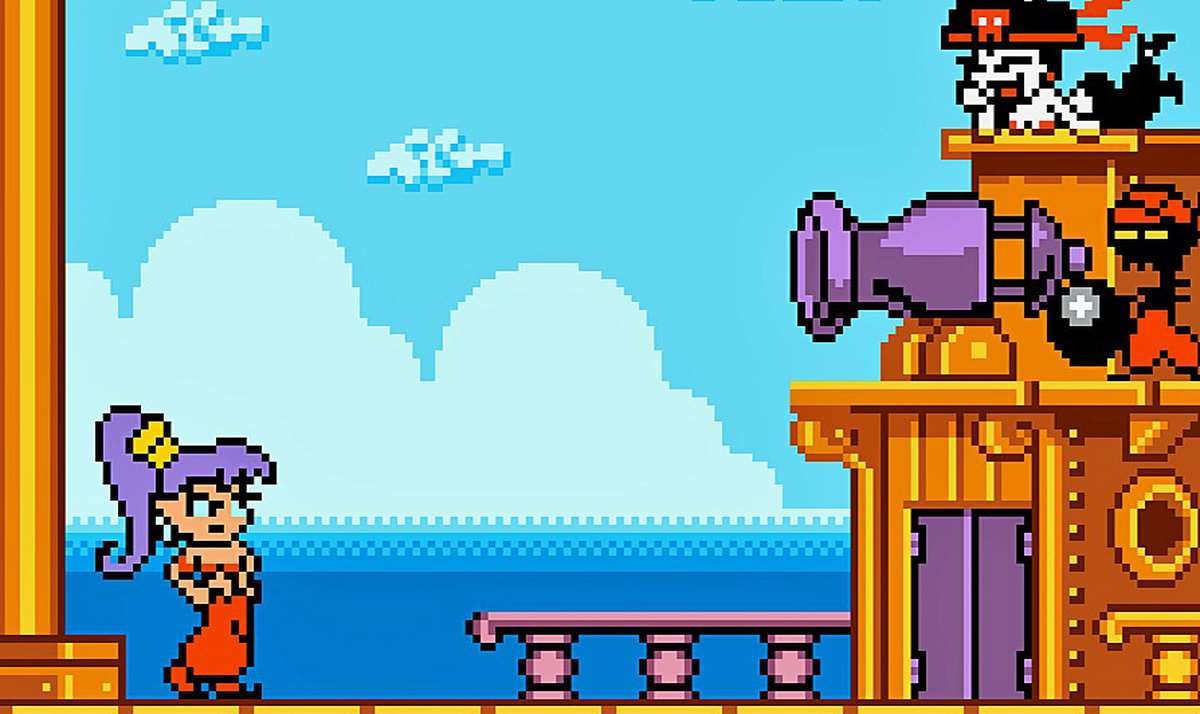
17. Shantae
2002 | Wayforward Technologies
Most gamers are familiar with the Shantae series at this point, but not a lot of people remember that it actually got its start on the Game Boy Color. The graphics are less detailed than the more recent Shantae games, channeling the best of the NES era, but the awesome platforming, hair-whipping gameplay is still here in all of its glory.
Released at the tail end of the Game Boy’s ridiculously long lifespan, Shantae didn’t exactly light up sales charts at release despite great reviews, but thankfully WayForward’s dedication to the series has kept it going.
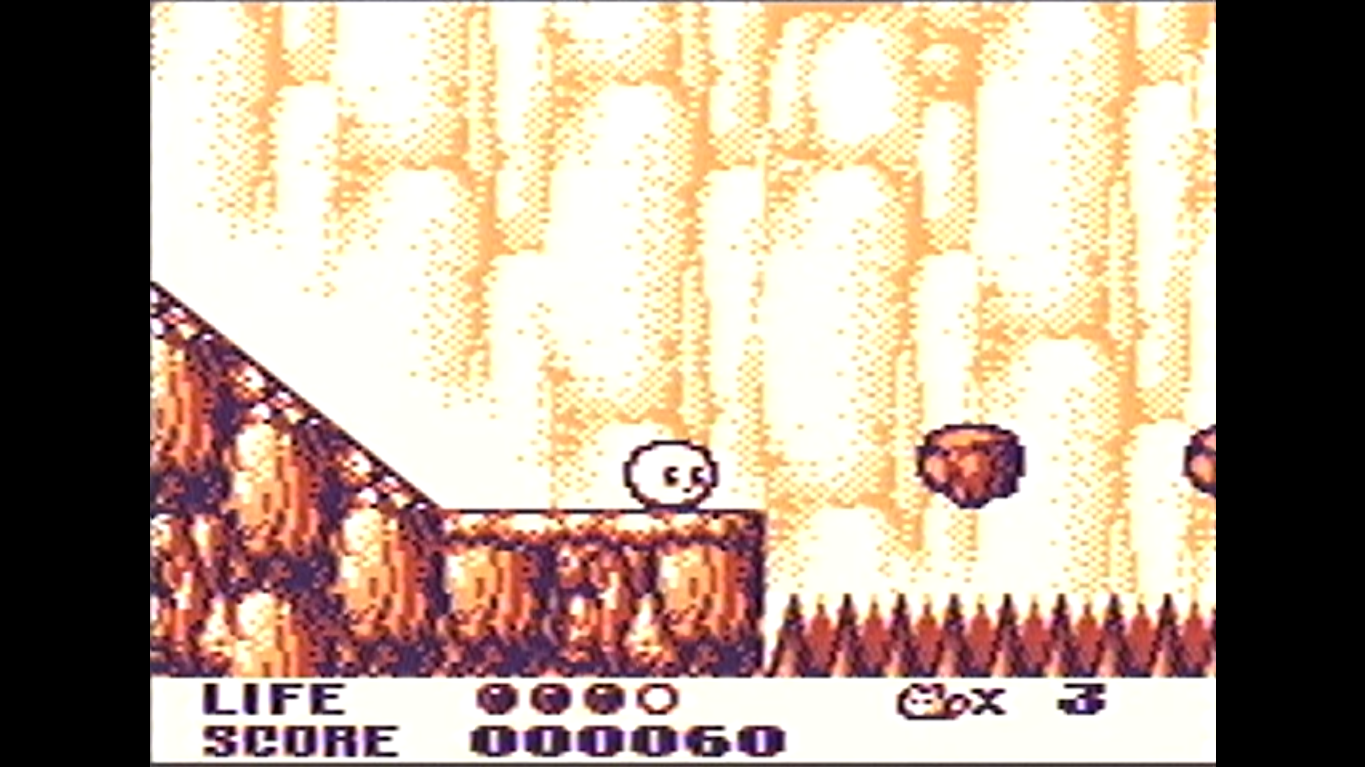
16. Trip World
1992 | Sunsoft
Trip World was only released in Japan and Europe in the early ‘90s, but its reputation has only increased over the years, making it well worth the effort to import (or find other methods of playing it). In this sidescroller, you play as Yakopoo, a rabbit-like creature who can also change forms to fly or swim. Those different forms are necessary to traverse the game’s five large worlds and eventually track down the flower of peace.
While the gameplay is a little on the simple side, the graphics are extremely detailed for the black and green Game Boy. Given that so many other similar games were brought to the U.S. during the same period, it’s somewhat mystifying why Sunsoft or another publisher never saw fit to pick up Trip World for an official American release.
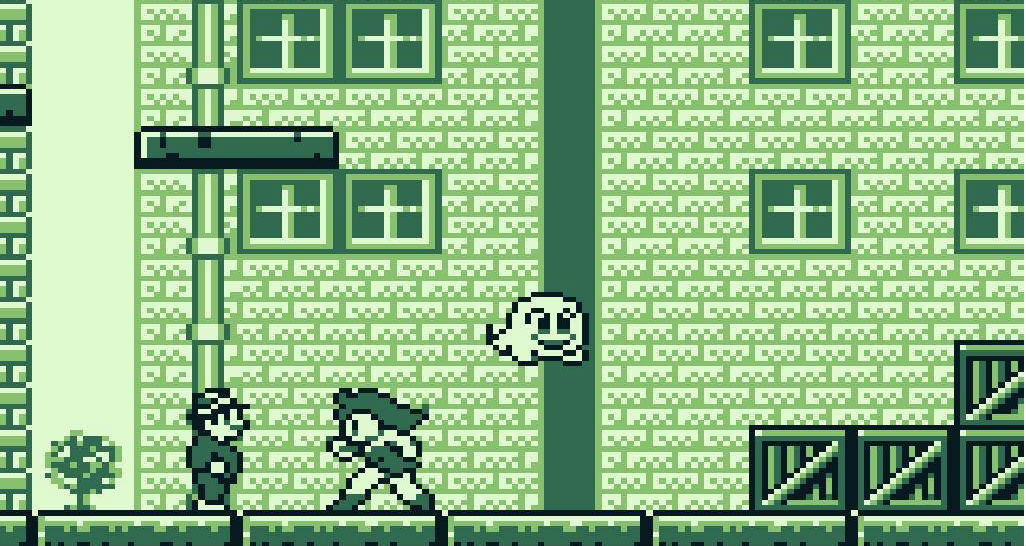
15. Teenage Mutant Ninja Turtles III: Radical Rescue
1993 | Konami
TMNT games were a dime a dozen in the ‘90s, and a lot of them were quite mediocre. That’s probably why so many gamers ignored Radical Rescue when it was released. That’s too bad because it actually tries some new things that really make it stand out. Yes, it’s a sidescroller like most Ninja Turtles games released during this era, but this one is actually a Metroidvania, with a giant open map you can explore at your leisure.
You start off playing as only Michaelangelo, but eventually, you can track down the other three Teenage Mutant Ninja Turtles to kick shell and defeat Shredder. At least until he comes back in the next game.
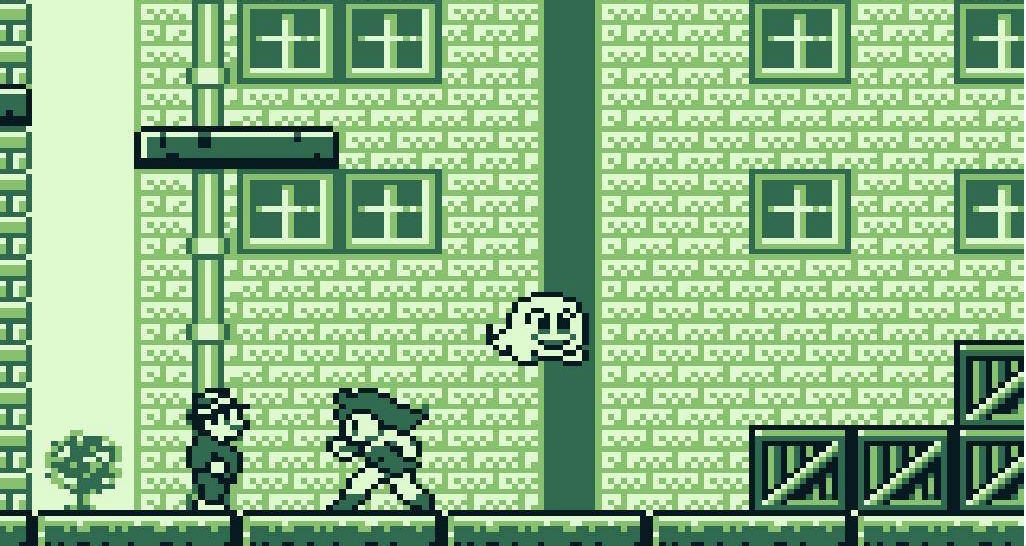
14. Avenging Spirit
1992 | C.P. Brain
Like most Nintendo systems, the Game Boy was known for having a lot of cutesy, family friendly games. And then there’s Avenging Spirit. At first glance, the chibi ghost you play as matches the Game Boy’s reputation. Then you realize that he was actually murdered by mobsters who kidnapped his girlfriend. And now you have to possess the bodies of other people, animals, and even robots to get her back.
It’s certainly a unique concept made all the more bizarre by the large, cartoony graphics. Unlike most of the games on this list, this one is readily available in the Nintendo eShop so you can experience the weirdness first hand.
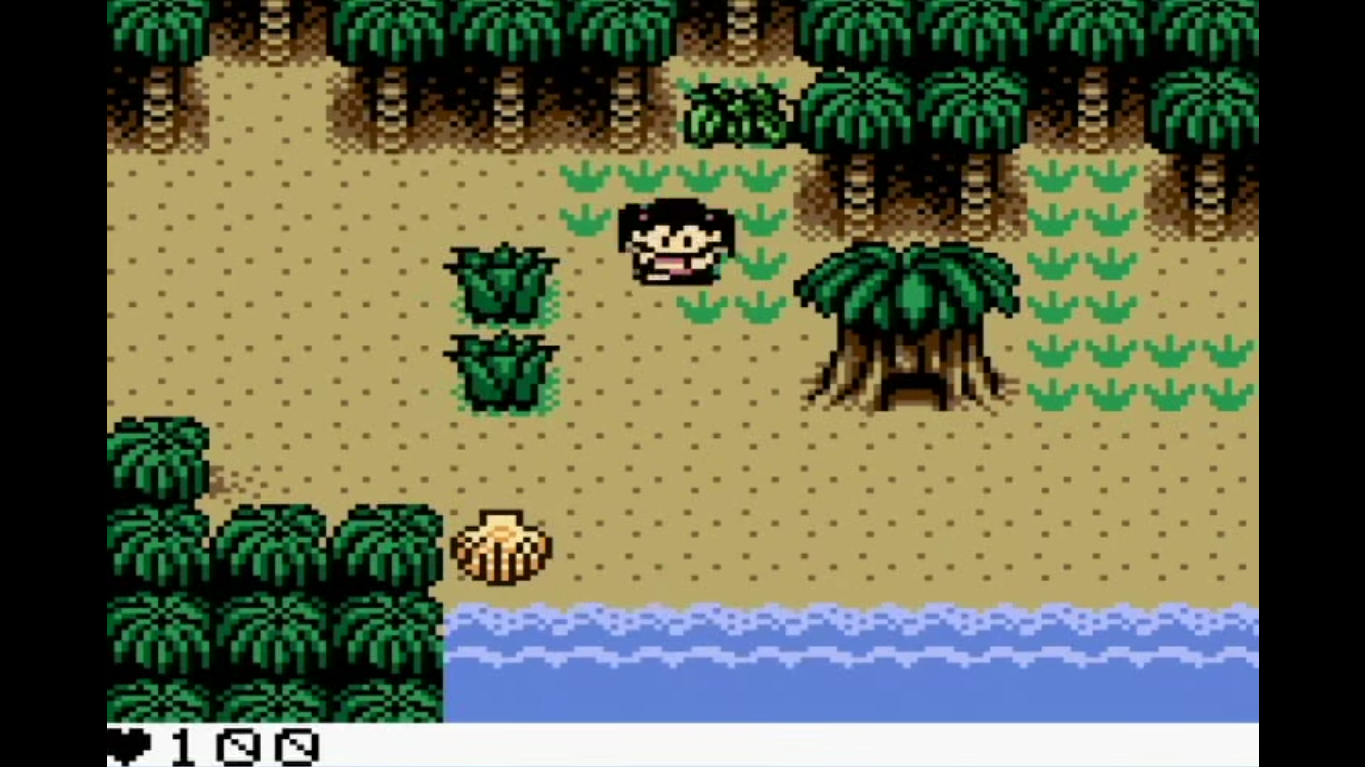
13. Survival Kids
1999 | Konami
Survival games are all the rage now, but they were almost unheard of 20 years ago. Heavily influenced by The Legend of Zelda, Survivor Kids sees your child (either a boy or girl) trying to survive on a deserted island by scavenging for supplies and managing thirst and hunger. Gameplay is extremely open, but the only real goal is to try to get off of the island.
Survival Kids was later rebranded in the West as Lost in Blue, and several sequels were released on the DS and Wii, but the transition to 3D wasn’t particularly kind to the series. Your best bet is to stick with the Game Boy original.
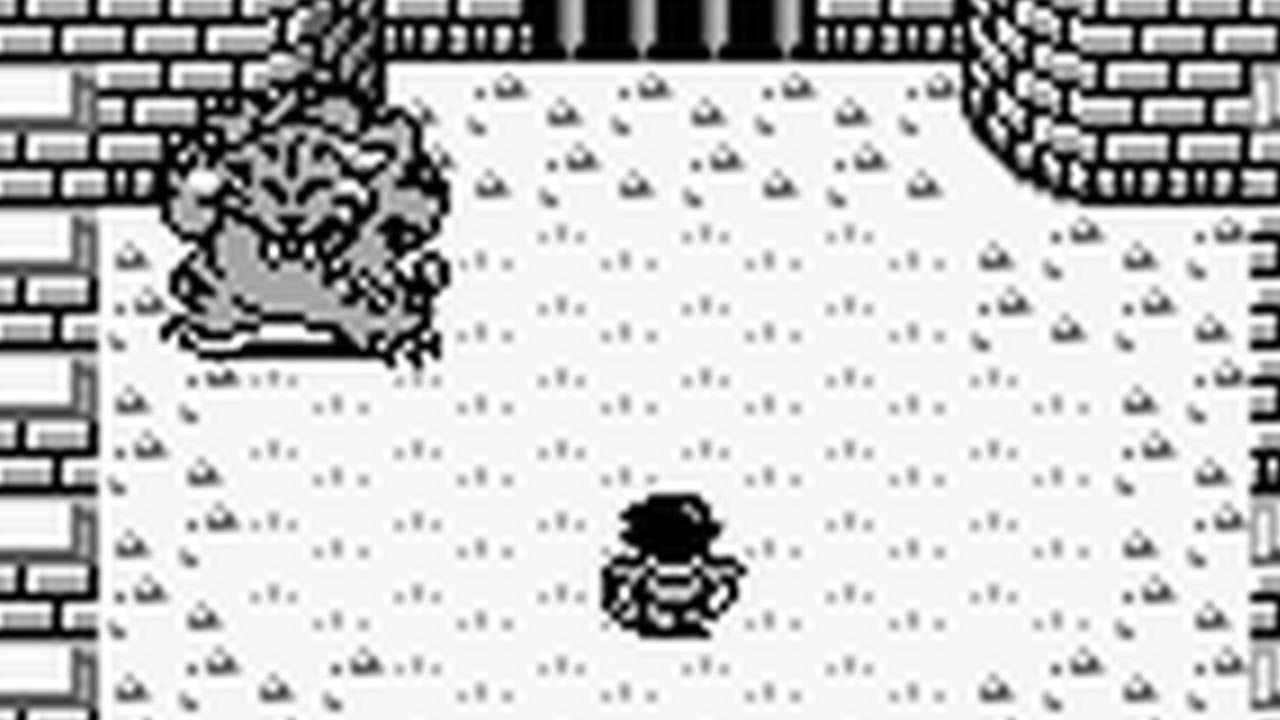
12. Final Fantasy Adventure
1991 | Square
It was clear that Final Fantasy was going to be big after the third NES game was released in Japan. So Square did what any other developer would and quickly went to work on a spin-off. While initially planned as an extremely ambitious title for the Famicom Disk System, development was quickly moved over to the Game Boy. The basic idea was to make an action-RPG in the vein of The Legend of Zelda. The result was one of the most underrated and fondly remembered games on the portable, which then led to a sequel, The Secret of Mana, that’s widely considered to be one of the greatest games of all time.
Final Fantasy Adventure has actually been remade twice, once for the Game Boy Advance, and then again for smartphones and the PS Vita. Both titles look better, but the GBA version kind of weakens the story and the more recent 3D remake ruins the combat.
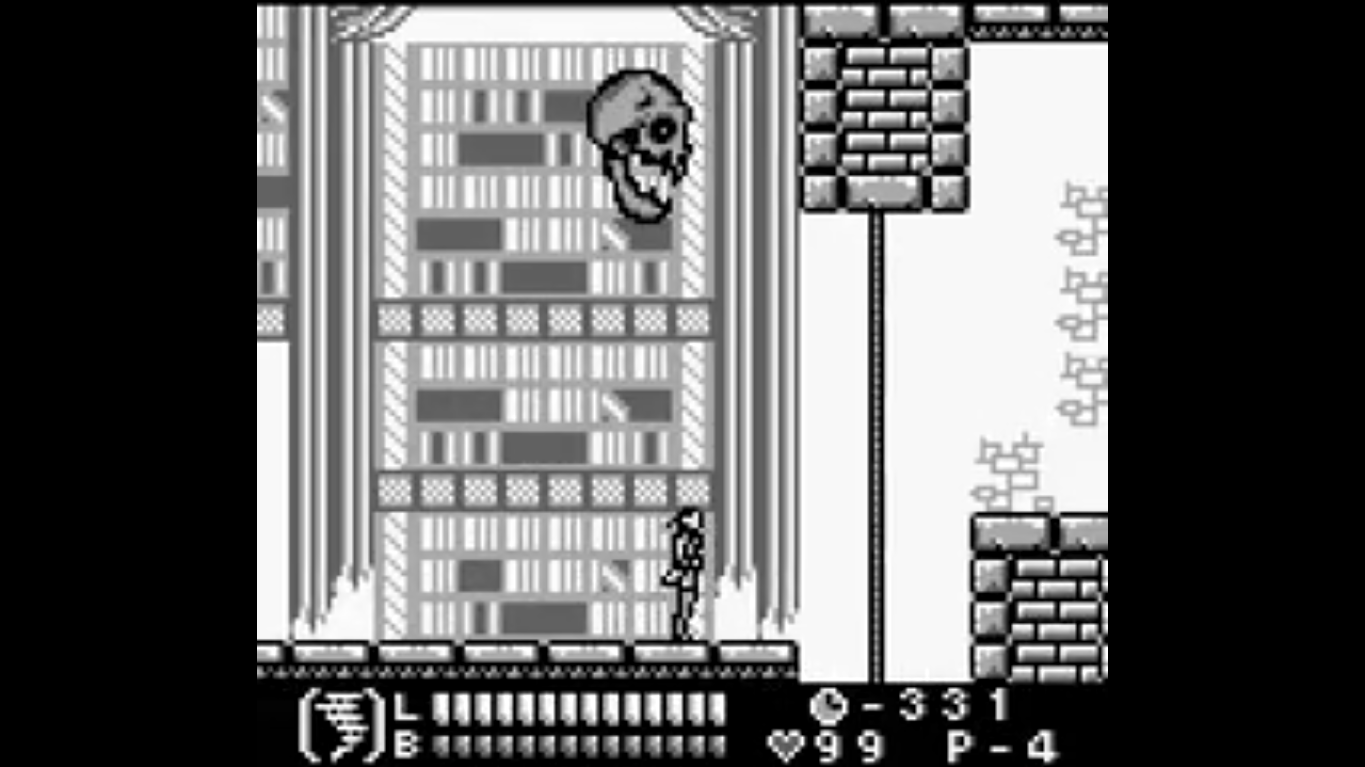
11. Castlevania Legends
1998 | Konami
Castlevania Legends came at an odd time for the franchise. It was released after the beloved Symphony of the Night, but didn’t embrace that game’s Metroidvania design philosophy. Instead, the game experimented with the linear platforming gameplay of the earliest titles in the series. You play as Sonia Belmont, in what at the time was the first game in the series’ chronology. While she wields a whip as usual, subweapons have been replaced with spells. She’s also more nimble than the typical Belmont, with the ability to change direction mid-jump and crawl while crouching. She can even trigger temporary invincibility.
While series producer Koji Igarashi later expelled the game from Castlevania’s official timeline, calling it an “embarrassment,” that’s not a completely fair assessment. It’s more of a tribute to the original NES games and a glimpse at where the series may have gone if Symphony of the Night hadn’t been such a success.
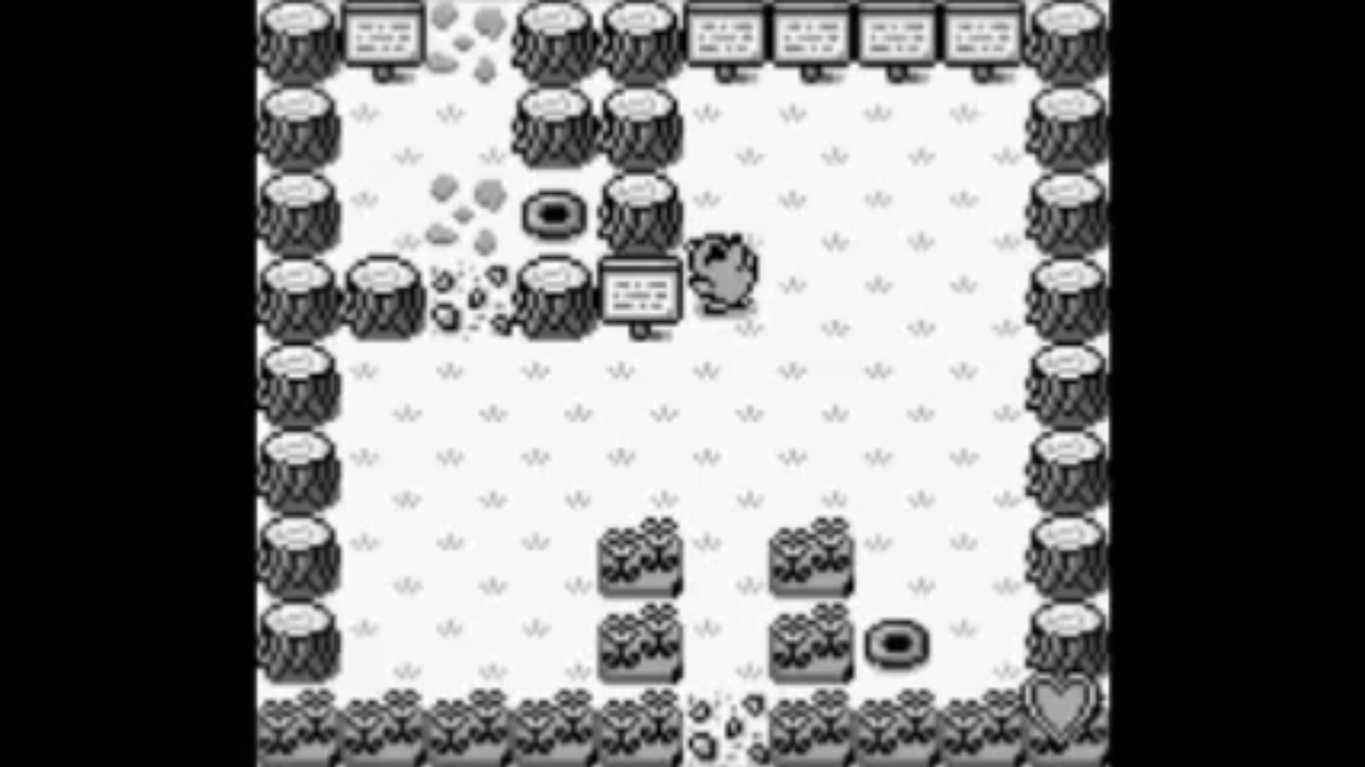
10. Mole Mania
1997 | Nintendo
It’s a story as old as literature itself: You’re a mole. Your family has been kidnapped by an evil farmer. OK, so the story doesn’t matter at all in Mole Mania. It’s just an excuse to set up the game’s dozens of puzzles. As Muddy Mole (seriously), you must guide a ball through each level by pushing, pulling, and of course, digging.
It’s more than a little goofy, but dammit, it sure is fun, which is precisely what you would expect from a game produced by Shigeru Miyamoto. In fact, Mole Mania might be the most obscure game in his lengthy and legendary resume.
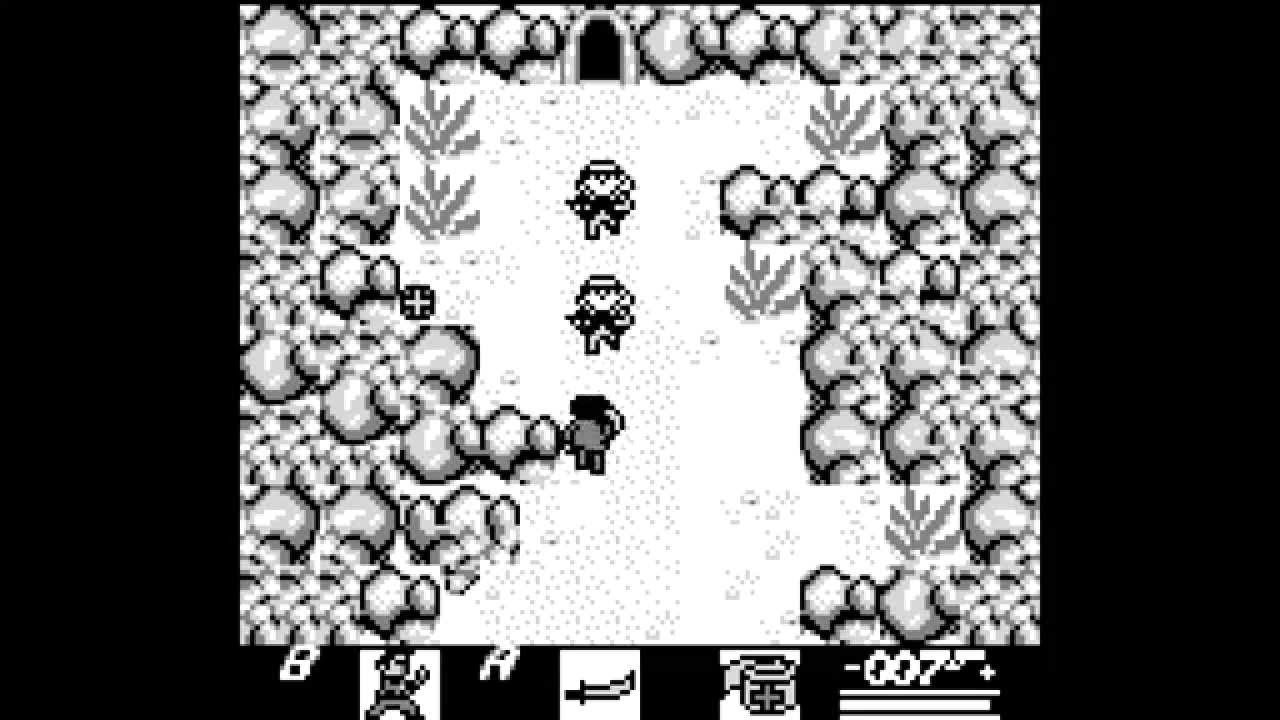
9. James Bond 007
1998 | Saffire Corporation
GoldenEye 007 was such a massive hit that of course Nintendo wanted a James Bond title on the Game Boy. Since nothing that technically demanding was going to work on the handheld, the developers built something that worked more to the system’s strengths, with an overhead perspective and lots of stealth. Mr. Bond can even defeat foes with karate and take a break to play card games.
Somehow, a decent version of the iconic Bond theme made its way onto the cartridge, too. In some ways, this is still a better Bond game than more recent games with much higher production values.
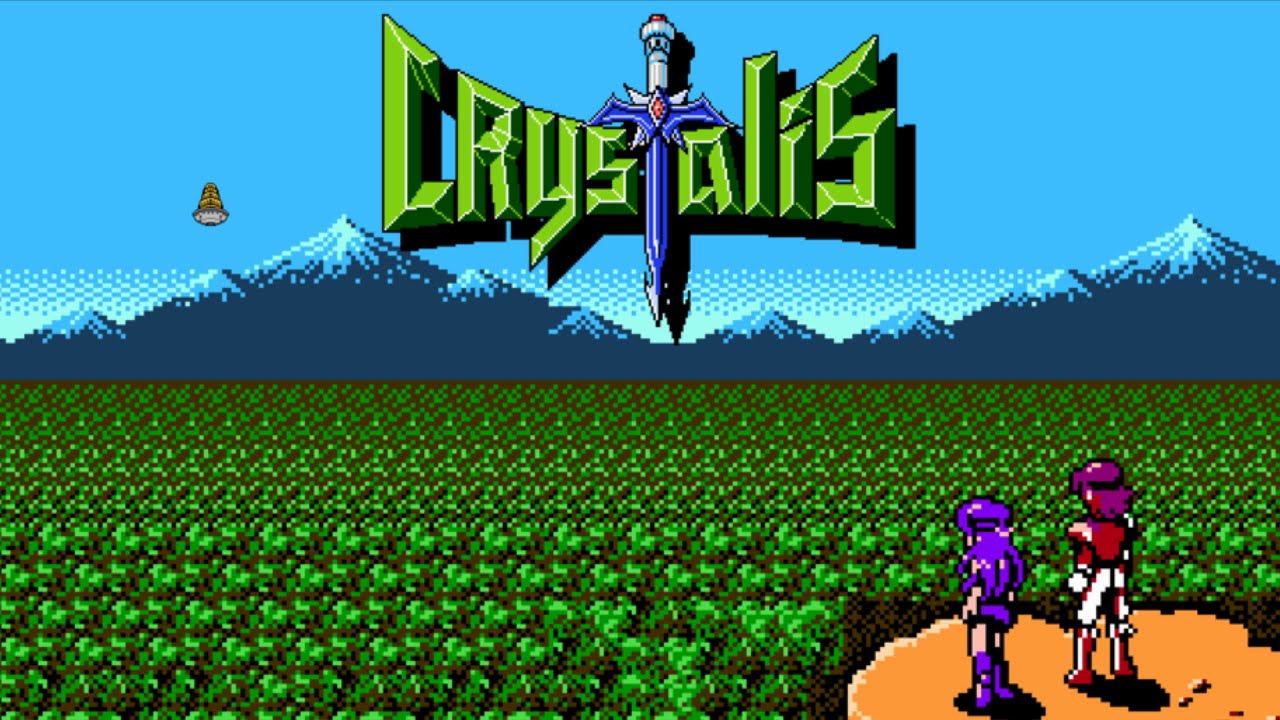
8. Crystalis
2000 | Nintendo
Crystalis was a top-down action RPG that, while heavily inspired by the Zelda series, made its own path with better combat and a darker story. It was fondly remembered by pretty much everyone who played it on the NES but was virtually unknown outside of hardcore gaming circles in the ‘90s when the internet was barely a thing. Nintendo decided to give the title a second shot with an enhanced Game Boy remake… and still not many people played it.
Honestly, it’s understandable since a few questionable design choices were made with the Game Boy version, like changing the field of view and the order of quests. This version of Crystalis doesn’t quite live up to the original, but it’s still worth experiencing in its own right.
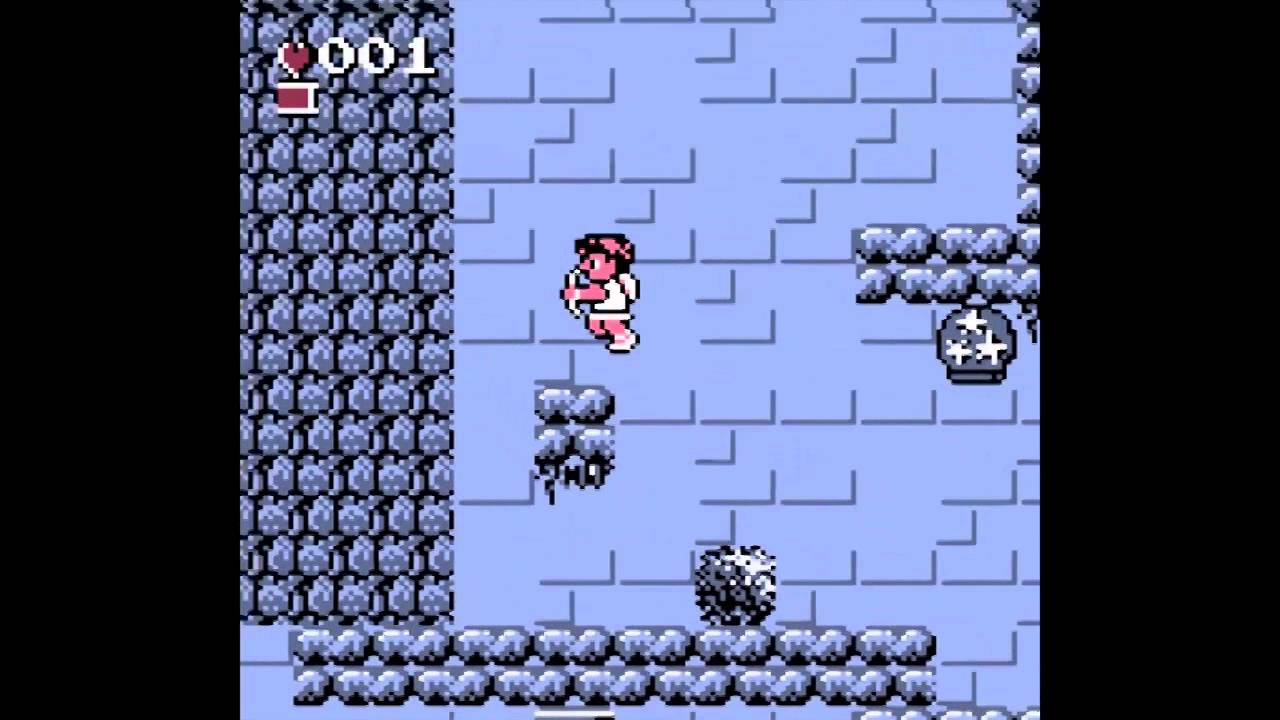
7. Kid Icarus: Of Myths and Monsters
1991 | Nintendo
How good was the second Kid Icarus game? Fans wouldn’t shut up about a sequel for nearly two decades after its release. The gameplay is similar to the NES classic. You still play as Pit with his infinite supply of arrows as he traverses enemy-filled levels inspired by Greek mythology. The Game Boy version lets levels scroll in all four directions though, plus adds in the ability to slow Pit’s falls using his wings.
It’s a fun, innovative platformer. It’s just too bad that Nintendo ignored so much of Myths and Monsters‘ gameplay when it finally did resurrect the series with 2012’s divisive Kid Icarus: Uprising.
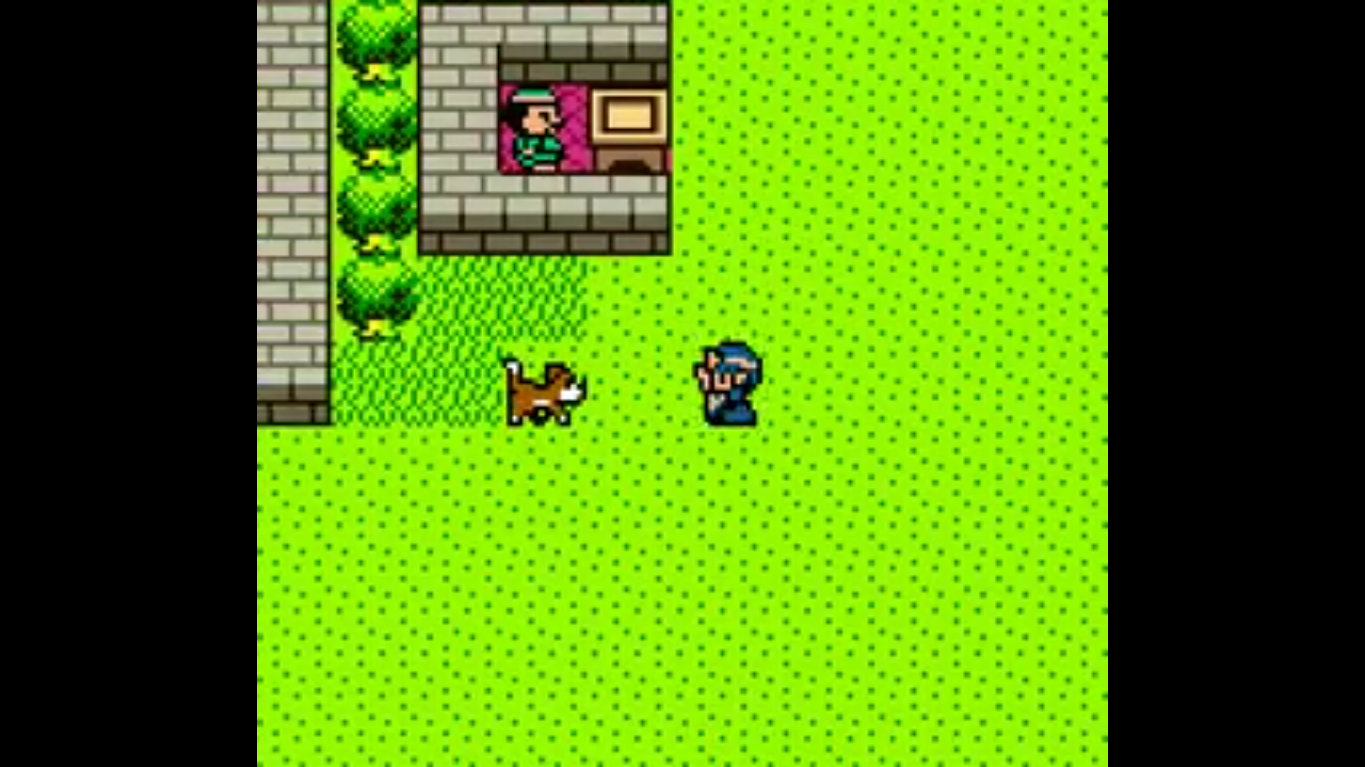
6. Dragon Warrior I & II
2000 | Enix
The Dragon Warrior (now Dragon Quest) games have never quite received their due in North America, which is a shame since the earlier titles were far superior to the rival Final Fantasy series in many ways. Having the first two titles in the series on one cartridge was a dream, as you could switch between them any time. And with better graphics, reduced difficulty, and a save anywhere function, these classics are absolutely perfect for portable gaming.
Square Enix has been extremely willing to port the Dragon Quest series to other platforms over the years, but it’s actually a bit difficult to find ways to play the first two titles in the series on modern platforms that don’t involve emulation, making the Game Boy remakes the best choice for most gamers.
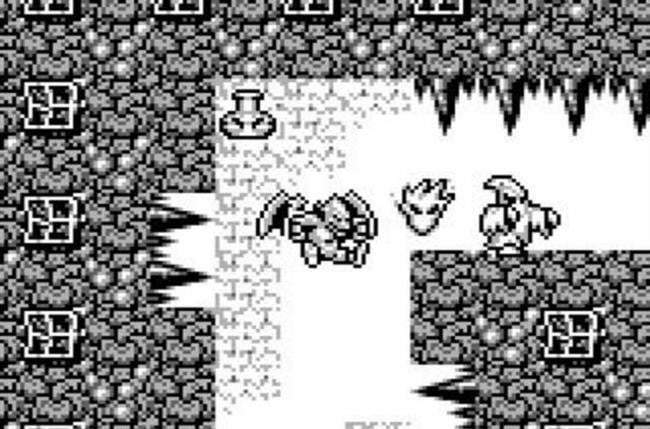
5. Gargoyle’s Quest
1990 | Capcom
The Game Boy used to be the place where publishers could experiment with spin-offs for established franchises. Firebrand started off as an enemy in the classic Ghosts ‘n Goblins, but rather than just re-skin Arthur with demonic wings, Capcom crafted a brand new type of game, focusing on what a gargoyle does best: flying and shooting fireballs.
Be forewarned: while Gargoyle’s Quest isn’t as punishingly difficult as Ghosts ‘n Goblins, it’s by no means an easy game. Two sequels followed on the NES and SNES, each of which was also warmly received, but Firebrand has now been relegated to the Marvel vs. Capcom series.
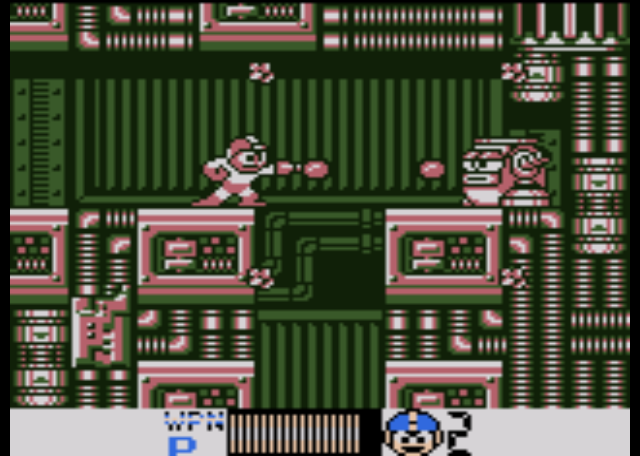
4. Mega Man V
1994 | Capcom
Capcom pumped out a new Mega Man game roughly ever 15 minutes in the early ‘90s. While the first four Mega Man titles on the Game Boy were just re-hashes of the NES games with remixed bosses and no color, Capcom actually made a really solid original title for the fifth and final game in its Game Boy series.
Mega Man V features eight brand new robot masters, the Stardroids, each of which is based on a planet in the solar system. And Mega Man has a new robot cat buddy, Tango, at his side, to fight them. The result is something that feels more like a lost classic of the era than a cheap cash-in of the more popular NES games.
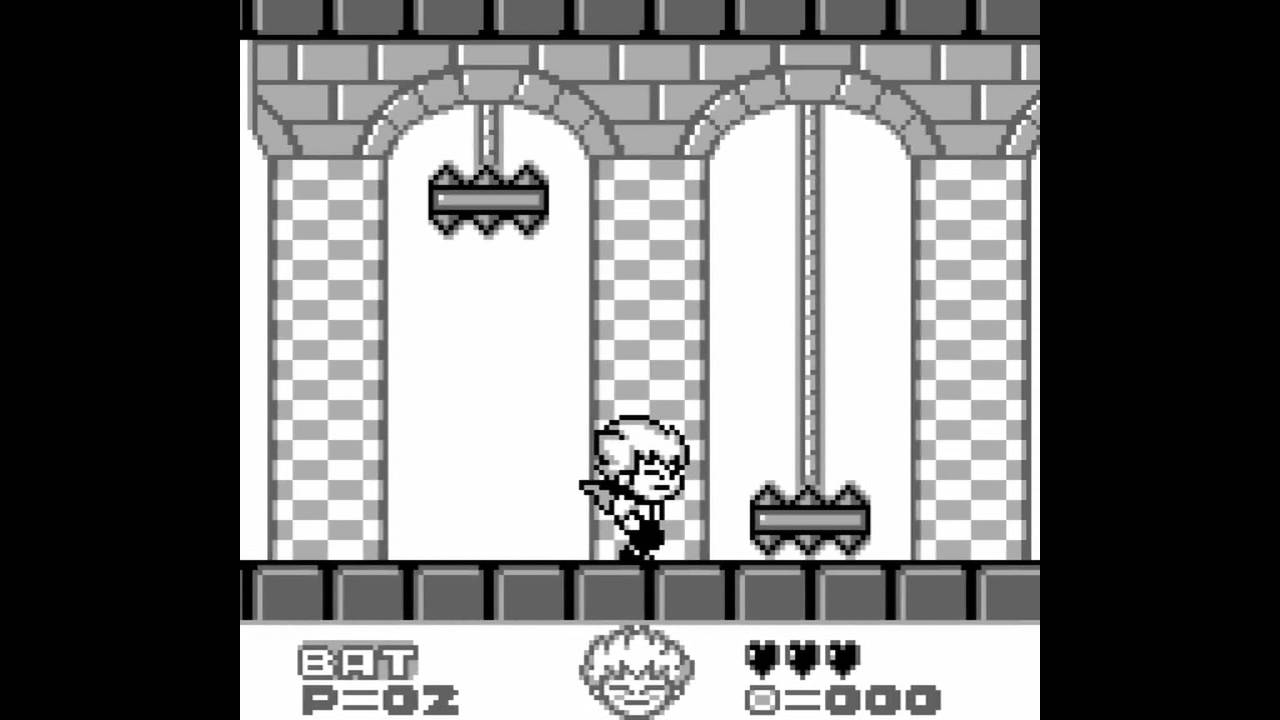
3. Kid Dracula
1993 | Konami
A lot of gamers have long lamented the fact that the NES version of Kid Dracula was never released in the West. Thankfully, Konami rectified its mistake with this remake/sequel for the Game Boy. Though the connection was downplayed in North America, Kid Dracula is actually part of the Castlevania series, it just focuses on a chibi version of the infamous count.
Even though you play as a vampire, don’t expect something along the lines of Symphony of the Night. This is more of a kid-friendly platformer, but you do eventually gain the abilities to turn into a bat and unleash swarms of the critters on your enemies.
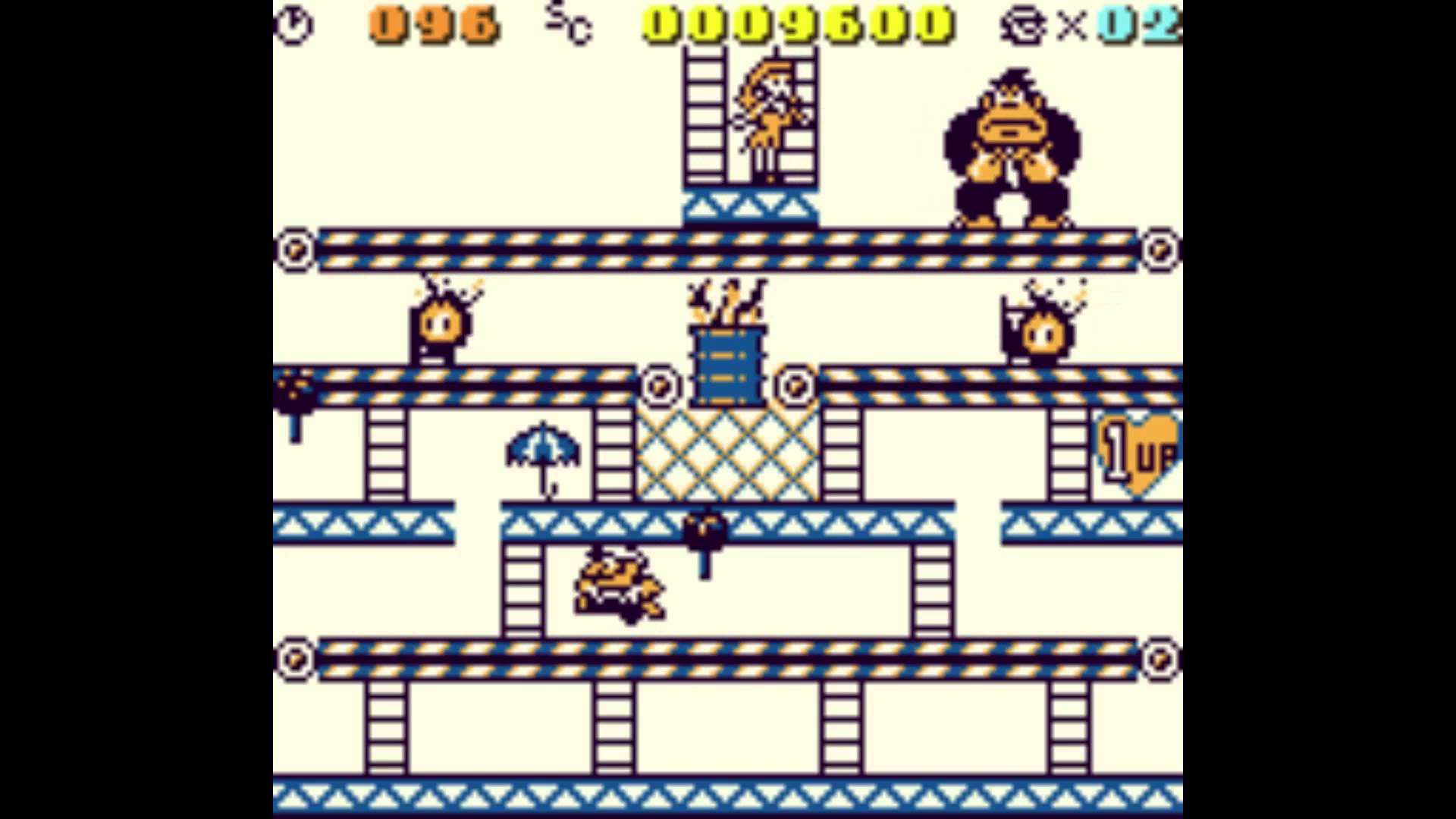
2. Donkey Kong ‘94
1994 | Nintendo
The Game Boy version of Donkey Kong starts exactly like the arcade version: Mario climbs through four grueling levels and saves Pauline from the clutches of the giant ape. Then Donkey Kong comes back. For 97 more levels, with tons of new enemies and mechanics. It’s a long, challenging game that somehow never gets old.
Donkey Kong is an absolutely brilliant marriage of a classic with new features that greatly improve on the original. Sadly though, this isn’t something that Nintendo has often revisited in its other sequels, and most gamers seem to have long forgotten about the fantastic Donkey Kong sequel that doesn’t have “Country” in the title.
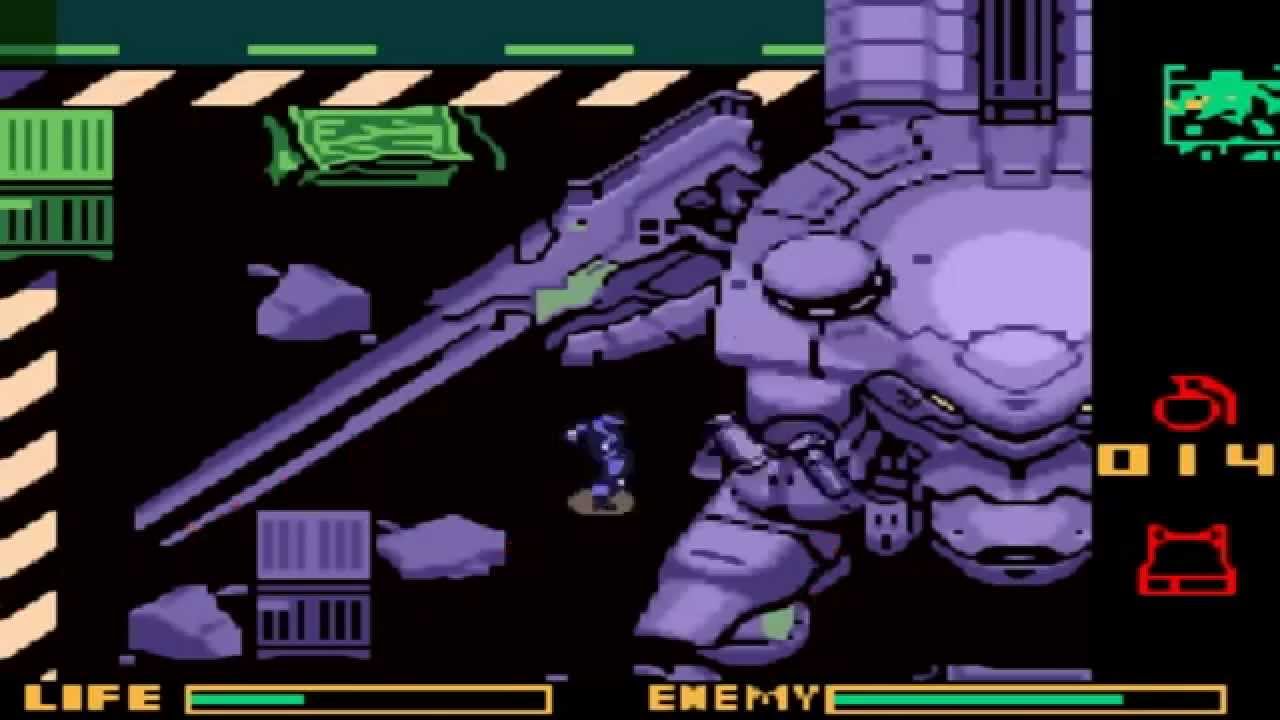
1. Metal Gear: Ghost Babel
2000 | Konami
Ghost Babel started with what at first seems like a terrible idea: bring Metal Gear Solid, one of the most technically advanced games of the PlayStation era, to the Game Boy. Of course, the solution to this wasn’t to really focus on the technical achievements of MGS, like the graphics and sound design. Instead, the developers of Ghost Babel treated it like an alternate sequel to the first game in the series, so it’s a classic top-down 8-bit stealth game, with a few additions from the PS1 game thrown in.
The result is simply stunning. Ghost Babel feels both like a lost NES game and a modern, adult masterpiece. Even now, it stands out as one of the greatest portable video games of all time, and a top contender for best title in the prolific Metal Gear franchise.
Chris Freiberg is a freelance contributor.
